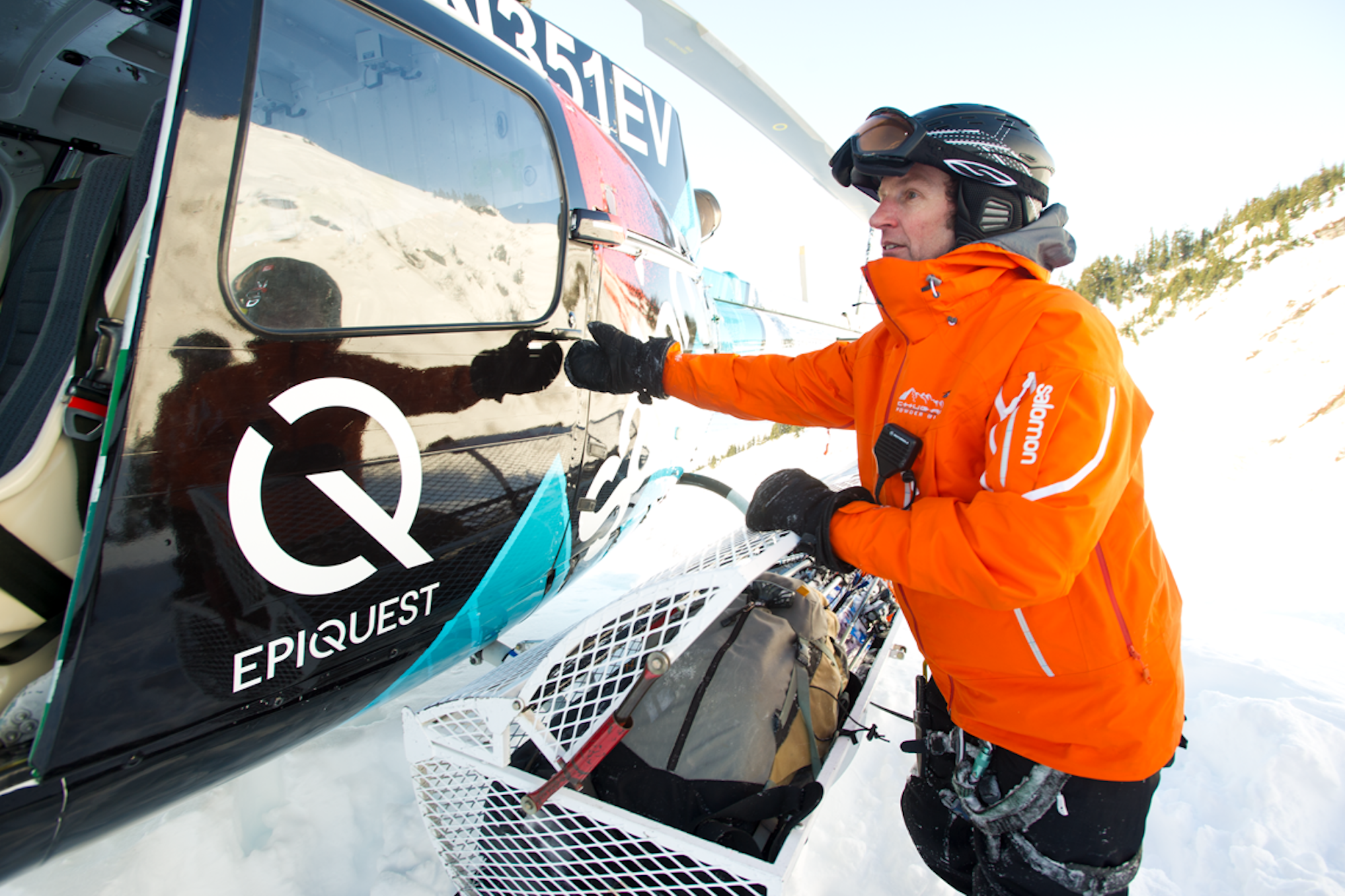

Featured Image: Scott Markewitz
Veteran ski guide and longtime lead guide for TGR, avalanche instructor and Alaska heli-ski operation owner Jim Conway, or “Sarge” as he’s known throughout the ski industry, knows risk. In fact, he’s a certified risk management consultant and has given risk management talks for the Marine Corps MAWTS-1 school and the Navy’s Top Gun school. Conway grew up in New Jersey, chose Montana State for its skiing, pioneered the Ridge at nearby Bridger Bowl with Doug Coombs and Scot Schmidt, and discovered backcountry skiing in 1976. A trained engineer—he worked on the Big Sky tram—Conway became a professional big mountain skier before the genre really existed. Now a snowboarder (after two hip replacements), Conway instructs for the American Avalanche Institute from his home in Salt Lake City, manages his Alaska heli-ski company, Tordrillo North Ski and Snowboard Adventures, and instructs the International Pro Rider Workshop (IPRW), a program he conceived with TGR in 2006 to train professional athletes and film crews in medical and trauma management skills, avalanche rescue and snow science. Here, Conway shares a few thoughts and observations from his four decades of experience.
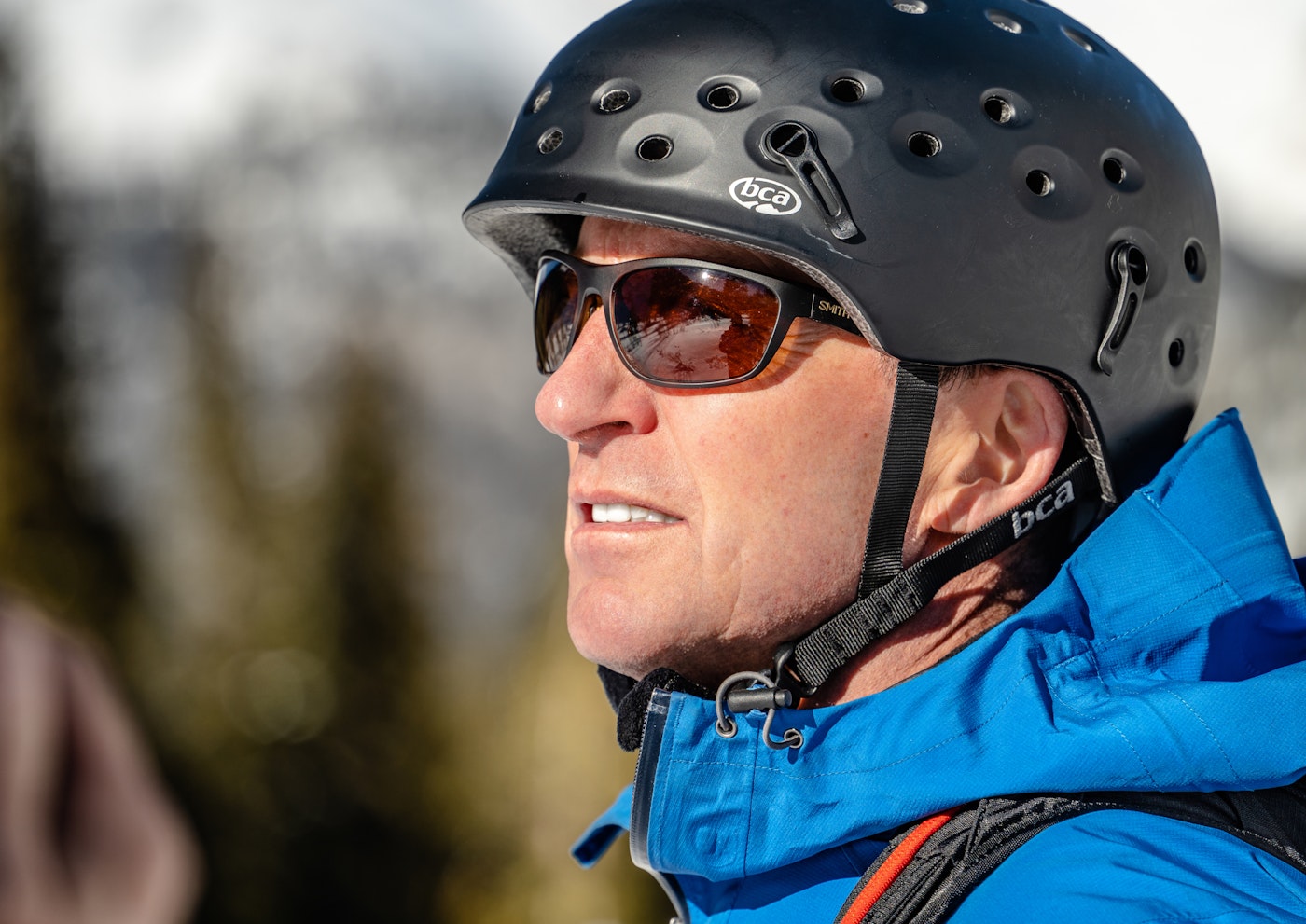
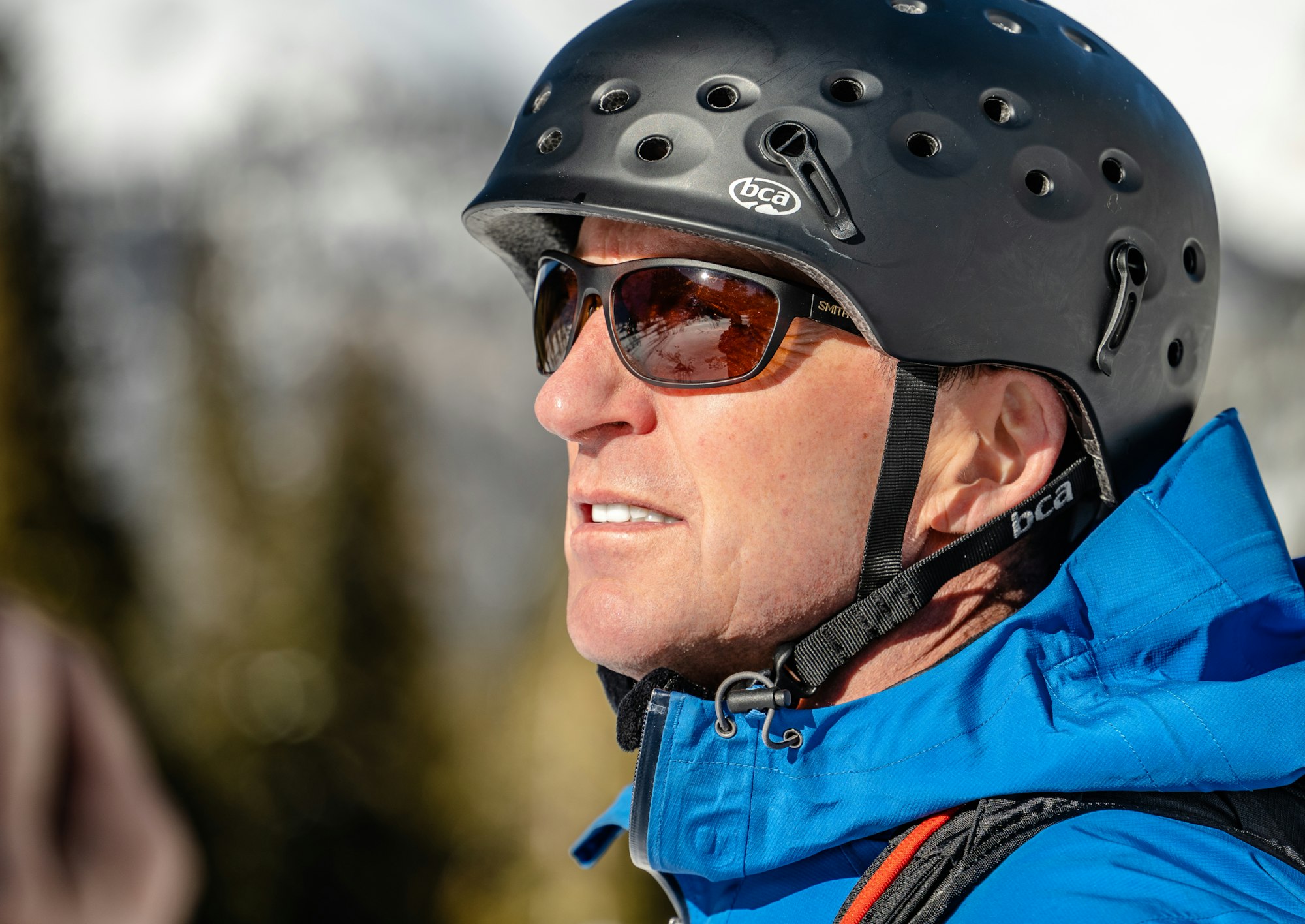
Conway, a BCA ambassador and longtime heli guide for Teton Gravity Research, is now shifting his focus to educating the pros through his International Pro Rider Workshop. PHOTO: Courtesy of BCA
What’s something backcountry skiers should be practicing more?
Group rescue. For a recreational group with similar skills, it’s faster to work as a team and search together. I’m piloting an advanced rescue class through Backcountry Access. This is a course you should take with friends, and you should be taking it every winter. You can practice single rescues with multiple victims on your own, but it’s harder to coordinate a group and spend four hours doing rescue drills.
What is the International Pro Rider Workshop?
It’s the equivalent of high-level guide training. It’s hard, you’re tested, and you have to pass things. All that’s required in most courses is attendance. I’m not that kind of guy.
Last year, we set up a realistic avy scenario with four buried dummies, one without a beacon, and the group had to probe a big area. Jeremy Jones was the team leader and there were 15 rescuers. They found everyone in eight minutes. We ran three different nighttime scenarios—heli-based, snowmobile-based and camp-based. We were out until midnight dragging dummies through the woods. This year, we’ll do a kind of rescue Olympics. They will have to make multiple evac decisions and weighted rescue dummies will need to be pulled in a sled 400 feet uphill and 2,000 feet downhill. There will be a simulated crevasse field traverse. Participants will treat medical problems like hypothermia and will need to build a fire and boil water.
Courses are usually based around avalanche studies—the only rescue they teach is how to get somebody out of the hole, but what happens after is equally as important. The IPRW covers everything from how to prevent getting into an avalanche, but also what to do after—how to treat a victim and how to evacuate. It’s a holistic approach. Two years ago, we did mountain medicine and First Aid. This year, we’re going to focus on rope work.
What void does it fill?
If you take a Level 1, you’re not a forecaster. You have some knowledge to be able to say “no” to a lot, but you don’t have the knowledge to say “yes.” And after Level 2, the pro track isn’t designed for recreational skiers and riders. We need more than Level 2 for the rec division. That’s why I want the IPRW to go public.
Rather than telling people what they can’t do and to just not go, it follows the TGR and pro rider philosophy that there’s probably something you can do today safely—but what is it? If you tell people no, they’ll go anyway. This is what rec courses need to address.
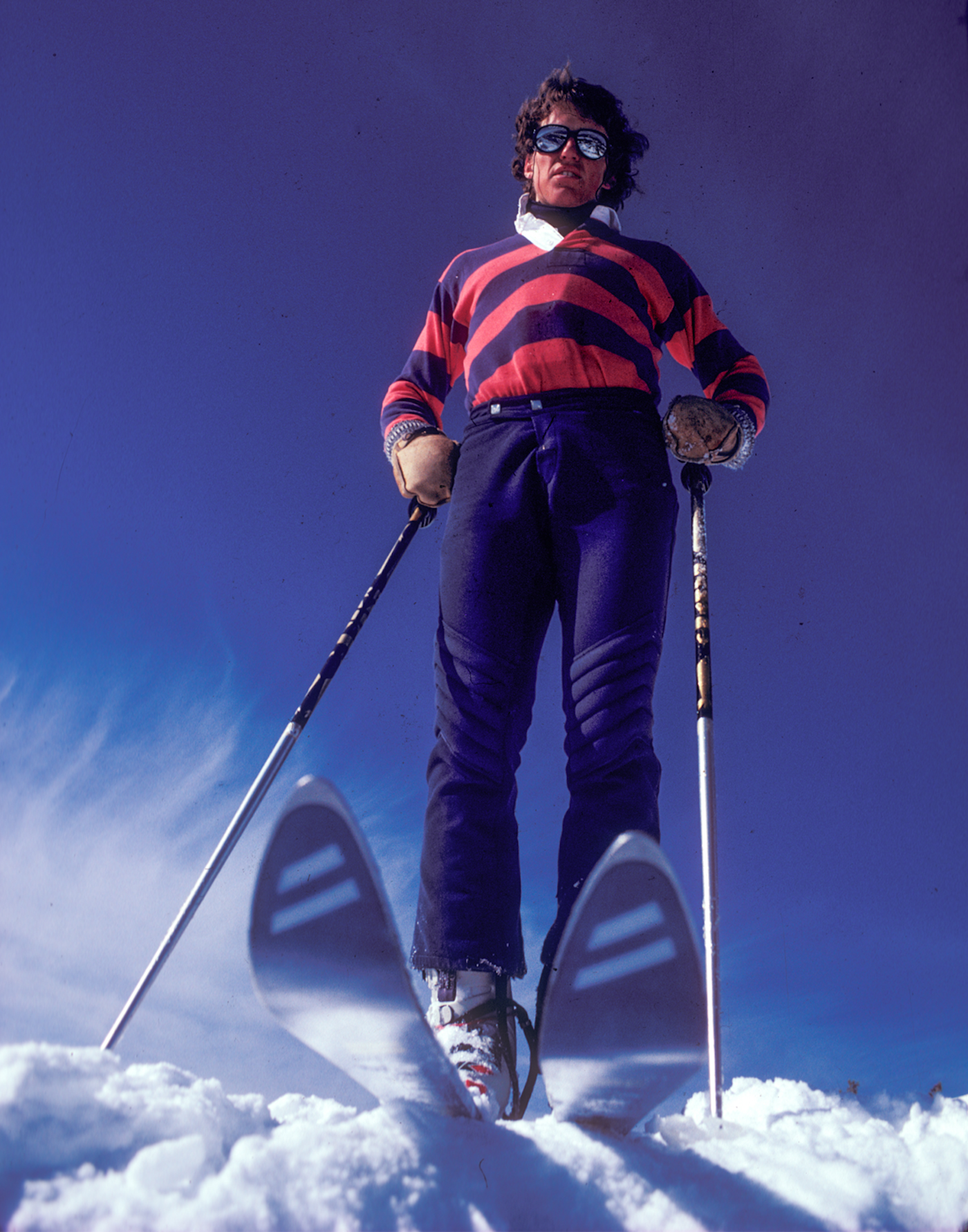
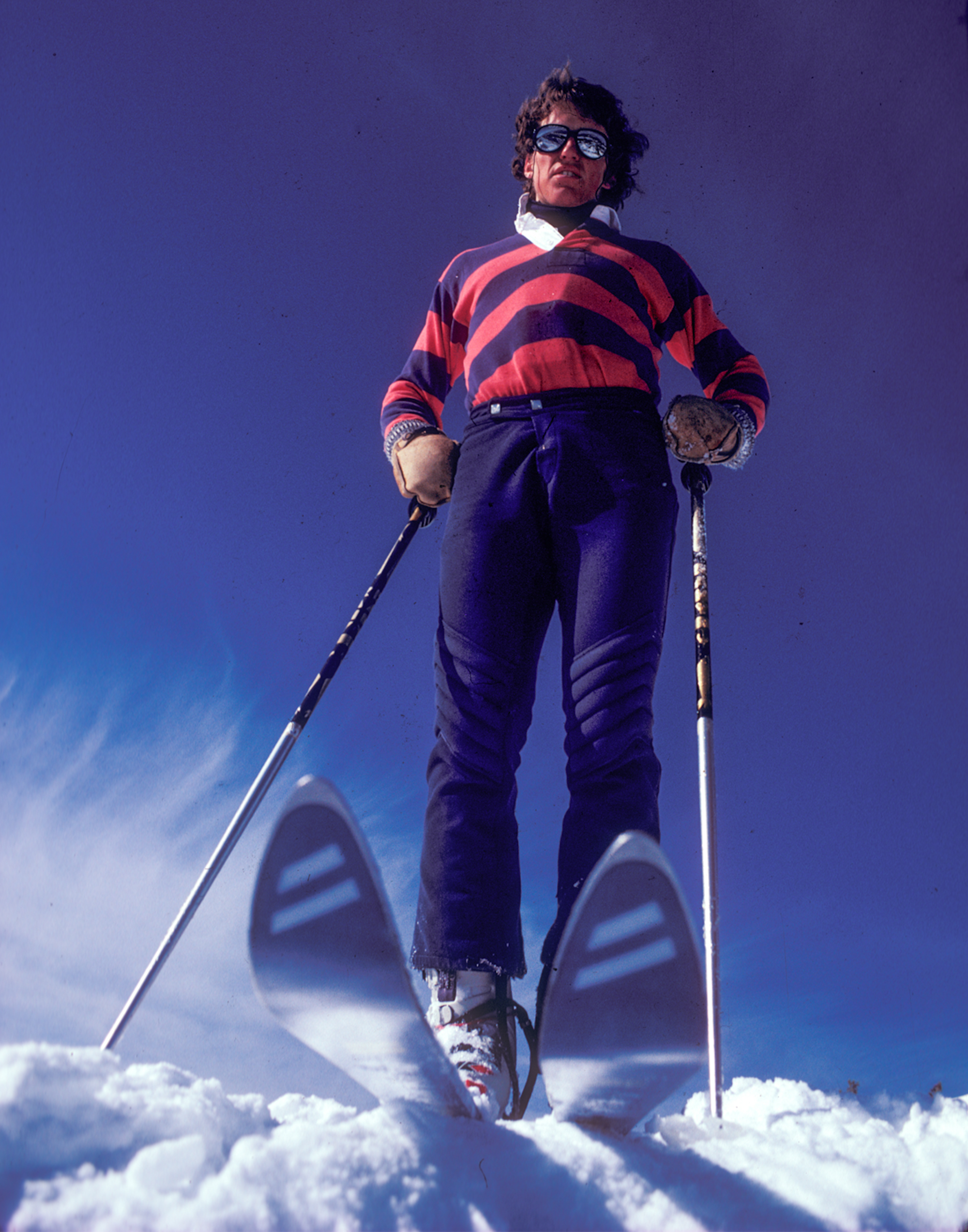
Big-mountain vibes, circa 1978. PHOTO: Bruce Tremper
How has the IPRW evolved things in the field?
I guided TGR for 12-13 years. Out there, what we were doing with helis and the slopes we were on a different level—it’s pretty high stress. The IPRW has taken some weight off. It used to be that the athletes looked to me and said, “What can we do?” Now we work together as a team and the collaborative effort is far superior to the guide-client model. These athletes are training as guides. It’s as hard as any heli-ski operation’s guide training. And it should be. We’re putting ourselves as risk for our own reasons. It wouldn’t be fair to do all that and call search and rescue and pull some guy from his family dinner table to rescue us. It’s part of our personal responsibility to handle our own mess.
What else did you and the crew do differently?
In some ways, it was high stress, but some things we did better. TGR always told me to take the heli and do whatever I needed to do to figure out the snowpack. One day, Jeremy Nobis, Ian McIntosh, Tanner Hall, Sage Cattabriga-Alosa and I skied nothing but 20-degree slopes and dug pits all day. Another time, we flew the entire Haines range twice, checking out stability and where the snow was good. The first day after the storm was spent doing research. Other crews might push out in that first 24 hours when activity is most likely, then have a close call. We learned patience. We would spend a whole day doing homework, then the next day we would have a plan, and we would execute and slay it. Most film crews use 90 percent of their heli time for production. TGR uses around 60 percent; the rest is used doing research. Our productivity was twice as much as any crew out there.
What are you noticing in avalanche education right now?
In Utah, there are so many more classes these days, and everything is waitlisted. The popularity is a good thing, but the challenge for me—what’s hard for people to get into their heads—is that this is a path, not a destination. People get certified and think they’re done. I have to renew my Wilderness First Responder every three years, or I lose certification. We need to realize these are perishable skills that you lose if you aren’t using them.

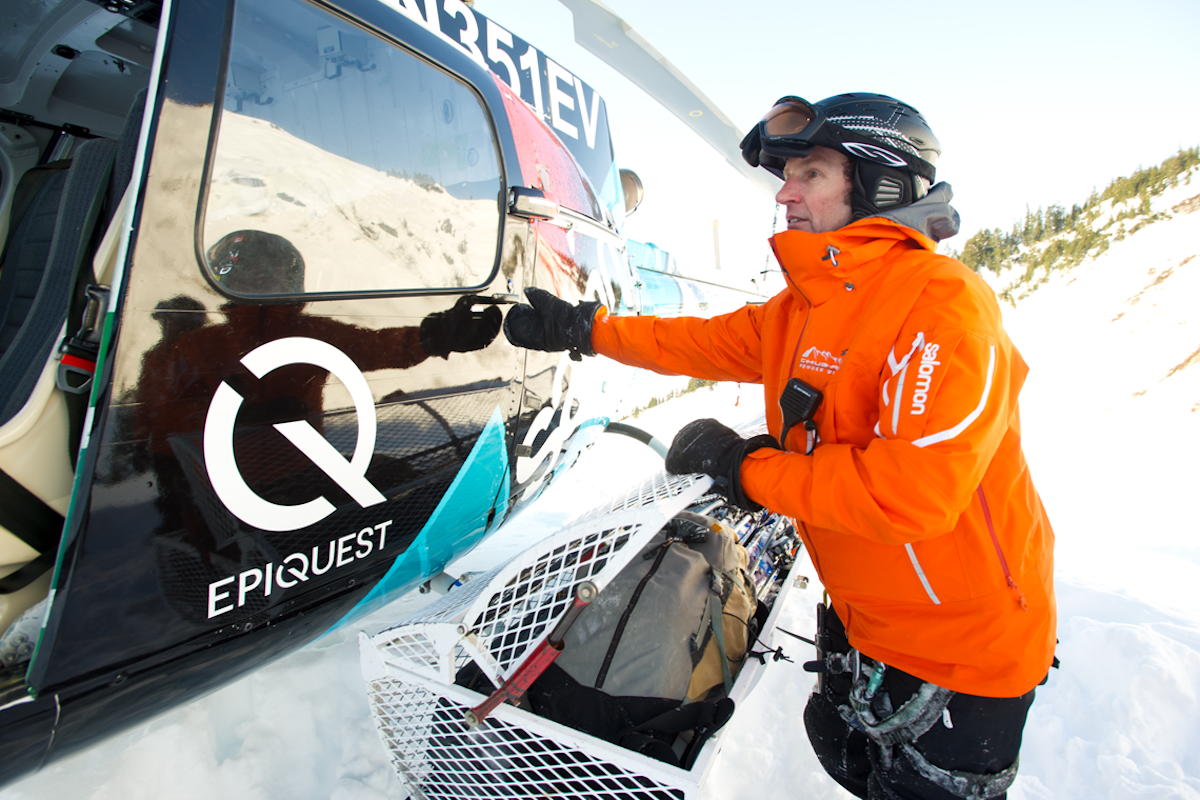
![[GIVEAWAY] Win a Head-to-Toe Ski Setup from IFSA](https://www.datocms-assets.com/163516/1765920344-ifsa.jpg?w=200&h=200&fit=crop)
![[GIVEAWAY] Win a Legendary Ski Trip with Icelantic's Road to the Rocks](https://www.datocms-assets.com/163516/1765233064-r2r26_freeskier_leaderboard1.jpg?w=200&h=200&fit=crop)

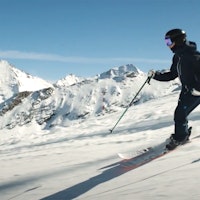
![[GIVEAWAY] Win a Legendary Ski Trip with Icelantic's Road to the Rocks](https://www.datocms-assets.com/163516/1765233064-r2r26_freeskier_leaderboard1.jpg?auto=format&w=400&h=300&fit=crop&crop=faces,entropy)




![[GIVEAWAY] Win a Head-to-Toe Ski Setup from IFSA](https://www.datocms-assets.com/163516/1765920344-ifsa.jpg?auto=format&w=400&h=300&fit=crop&crop=faces,entropy)


